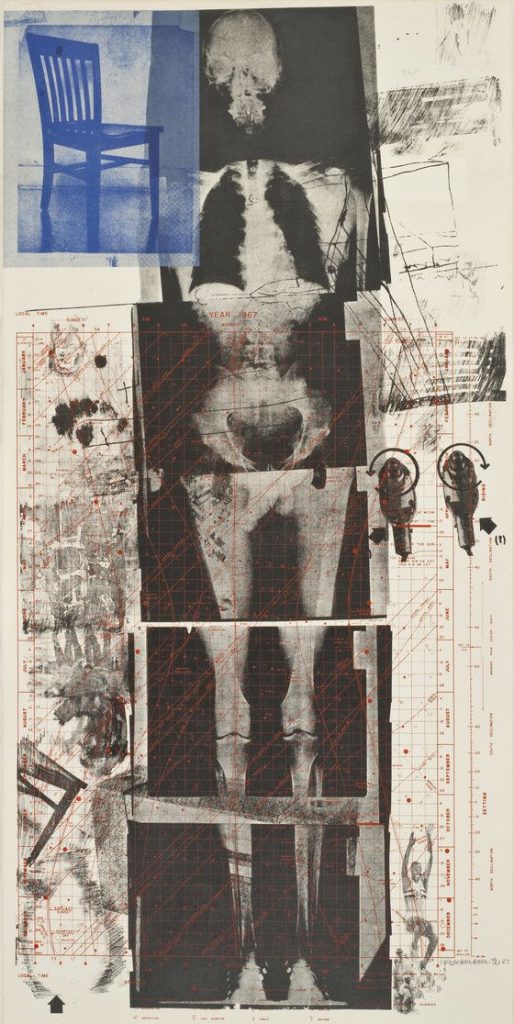In her work Sonic Meditations, Pauline Oliveros introduces some practices that can be done with an ensemble or a group aiming to understand, listen and meditate through the power of sound and music. Taking sonic energy and its transmission to the core of her meditations these activities attempt us to become one with the energy of sound with erasing our contemporary attempts and environments when we consume sound and music and takes us to more universal and primal practises to do so. Oliveros mentions that these meditations follow a simple procedure of four steps that include; making sounds, actively imagining sounds, listening to present sounds and remembering them.
Through reading the meditations one can agree that these are very essential steps in admiring and understating the sound and the vibrations that surround us she creates these activities that almost isolates our core vibration with the sound that surrounds us which I find really interesting as it also reminds me of teachings and practices of shamanic rituals that took part over Anatolia and Middle East. Accessibility of some of these practices are questionable such as step seven: Sonic Rorschach. In which the group comes together in a darkened space where there is a noise generator and they lay down on the ground and try to find the source of this noise through meditation in a search to understand and feel frequencies and intensities of light and sound.
Meditation eighteen specifically caught my attention as Oliveros encourages us to listen to a sound until we don’t recognise it anymore. It really reminded me of a time when I was a little kid and I was repeating the word ‘Çekmece’ which means drawer in Turkish and as I kept repeating the word out loud I’ve realised that it lost its meaning and I no longer could remember what it means or how it sounds like. Reading Oliveros giving this as a part of her meditations showed me once more that the whole of this work and its intend is to turn us to our most primal and early stages of understanding sound, linguistics and mental capacity of how we work with vibrations and repetition.
Oliveros, P. (2005) Deep Listening: A Composer’s Sound practice. United States: Deep Listening Publications.
TEDxtalks (2015) The difference between hearing and listening. Available at: https://youtu.be/_QHfOuRrJB8 (Accessed: 30 September 2022).
